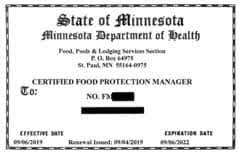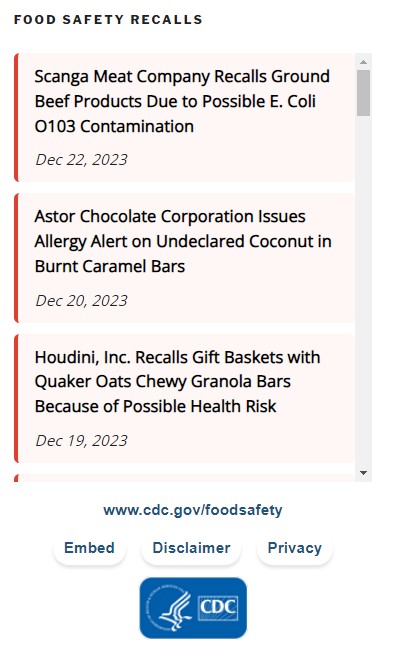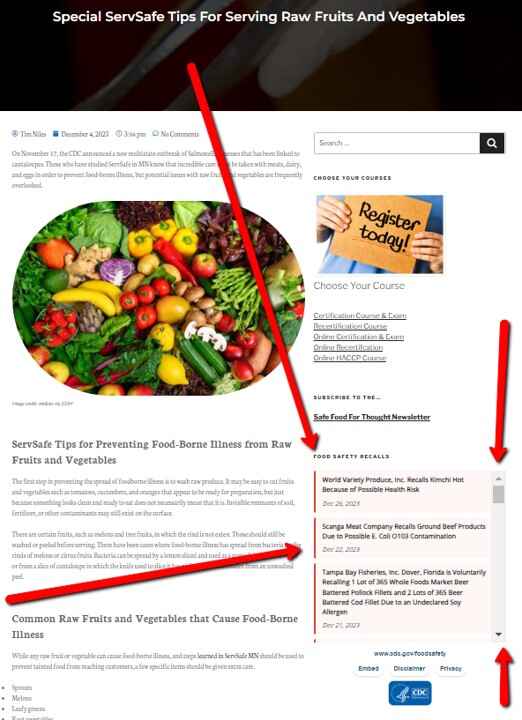If you are a Minnesota food safety certified professional at a daycare center, after-school facility, or restaurant that caters to younger diners, you know that kids have different tastes than adults and often have special dietary needs that must be accounted for. We’ll provide a food safety certification guide on creating a safe and healthy delivery environment for kids.

Food Safety Certification Guide For Serving Children
The first thing to remember when serving children is that they are more sensitive to food-borne pathogens and can have more severe allergic reactions than adults. If your operation serves children regularly or on a large scale, we strongly suggest that you:
- Pay close attention to heating, storing, and holding temperatures
- Remove potential allergy risks from your facility
- Provide gluten-free and low-sugar options
- Offer a variety of healthy options
In previous posts, we have discussed our first tip in great detail, but it is essential to be diligent when serving at-risk groups such as children. If you are unsure what the proper heating and holding temperatures are, you may wish to review Minnesota Food Code temperature guidelines.
Secondly, removing all allergen risks from your facility may be a good idea if you operate a daycare center or other business that exclusively caters to children. Remember that peanuts, tree nuts, and seafood are high-risk allergen items; keeping them out of your kitchen will eliminate the risk of accidentally exposing a child to them.
It is becoming more common nowadays to come across children who have been diagnosed as gluten intolerant or sensitive to sugar. You can ease many parents’ fears if you supply their children with a gluten-free and low-sugar substitute for their meals.
If you serve the same group of children daily, offering a wider variety of meals is a good idea. Even though some children are OK with the same lunch several times a week, you’ll provide better nutritional options if you vary the meals. While most children would love to eat hotdogs daily, you’ll appeal to parents if you offer a wide variety of healthy meals.
Serving Kids at Restaurants
Remember that parents are looking at what their kids order. There are benefits to restaurants with a special menu tailored to young diners. While frozen pizza and microwavable macaroni and cheese may be cost-effective, parents know the difference. You may wish to consider making your macaroni and other kid’s menu items in-house to show parents that their kids’ meals are just as important as theirs.
Food safety certification trained managers at many outlets choose to get incredibly creative when serving kids. What is one of the best items you have ever seen on a kid’s menu?






